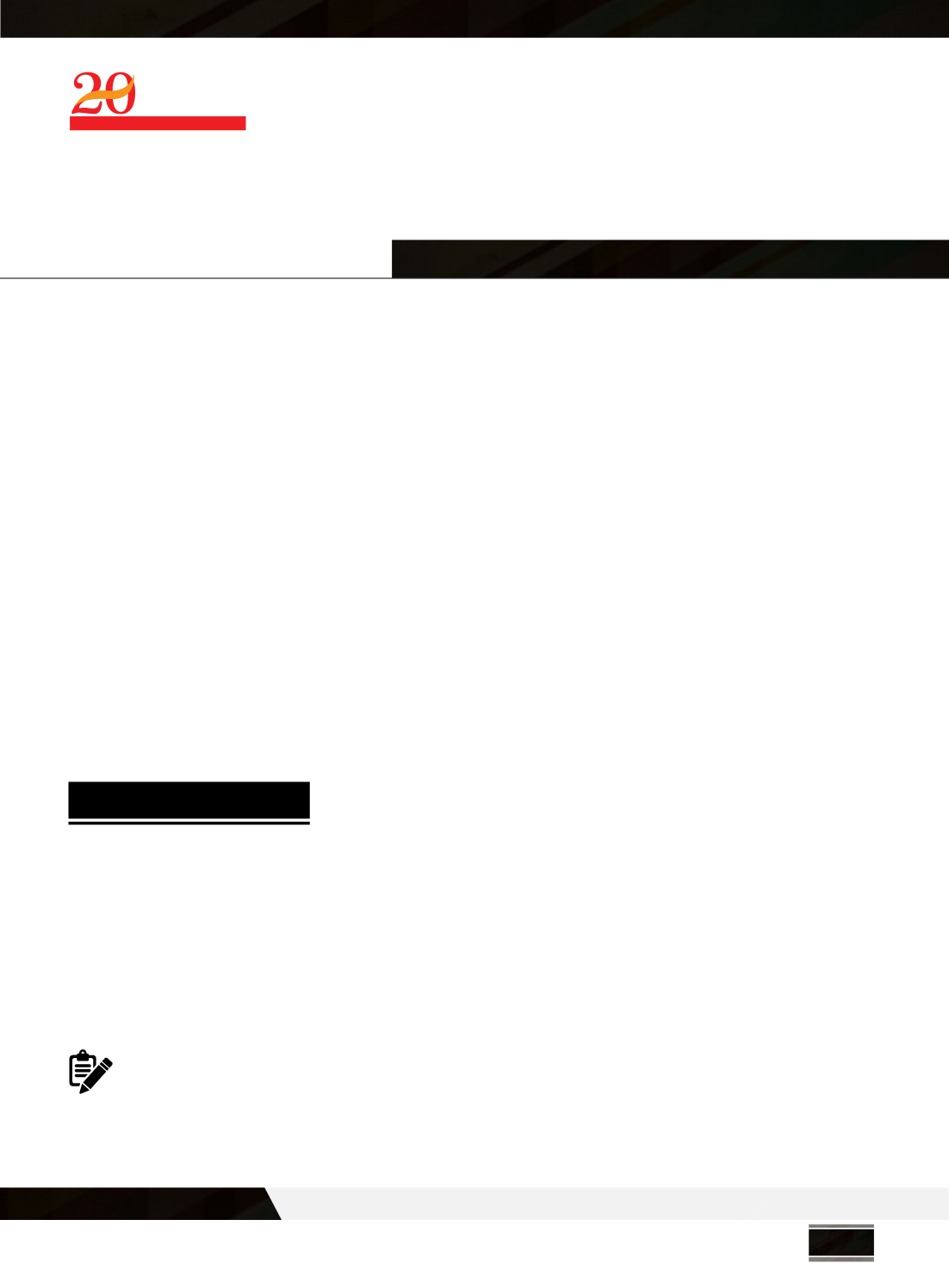

Page 29
March 25-26, 2019 | Amsterdam, Netherlands
CARDIOLOGY
AND CARDIAC NURSING
3
rd
World Congress on
Cardiology Summit 2019
Journal of Cardiovascular Medicine and Therapeutics | Volume 3
OF EXCELLENCE
IN INTERNATIONAL
MEETINGS
alliedacademies.comYEARS
Note:
THE CURRENT AND FUTURE ROLE OF ECHOCARDIOGRAPHY IN PULMONARY
HYPERTENSION
Rui Da Silva Mota
Royal Papworth Hospital, UK
P
ulmonary Hypertension (PH) is a condition characterised by increased pulmonary artery pressure. PH can be
classified as pre-capillary in the context of primary elevated pressures in the pulmonary arterial circulation or
post-capillary related with left heart disease, elevated pressure in the pulmonary venous and capillary circula-
tion or mixed combining pre and post capillary features. PH can be silent and it is one of the causes of right heart
failure and eventually left heart failure. Echocardiography is a well established imaging method that allows an
efficient non-invasive quantification of the right heart pressures, providing a quick answer about the presence of
pulmonary hypertension. Full investigations of this condition have been neglected over the years in many gen-
eral hospitals and other medical facilities which provide echocardiography services. This can result to delayed
diagnosis and subsequently late medical management. Over the last few years, advances in new imaging tech-
niques and training allow a more detailed study of PH patients. The guidelines for PH and for echocardiography
assessment of the right heart can be very extensive and many sonographers have not had the opportunity for
specialist training or extensive consensus on how to make assessments in daily practice. This presentation aims
to cover cases that can be easily detected as well as cases that raise suspicion for PH. It will also focus on param-
eters related to PH and hopefully this will stimulate further in-depth investigation of patients with confirmed PH
or patients fulfilling criteria for screening and appropriate treatment.
Rui Da Silva Mota, J Cardiovasc Med Ther 2019, Volume 3
Rui Miguel Da Silva Mota graduated with a BSc honors degree in cardiopneumology (clinical physiology) in 2003 and
obtained a post graduate diploma in management and administration of health services in 2004. He is an experienced
registered clinical physiologist in cardiology with 16 years of practice and specialist training in clinical echocardiography
(pediatric and adult TTE including congenital heart disease, stress echocardiography and TOE). Currently he works at
Royal Papworth Hospital, UK. He holds several international accreditations in adult, pediatric and congenital echocardi-
ography (ARDMS, CCI, EACVI and BSE). He has been serving as peer reviewer for an International Cardiology Journal and
he has a project to start a PhD in congenital heart diseases.
rui.mota@nhs.netBIOGRAPHY


















